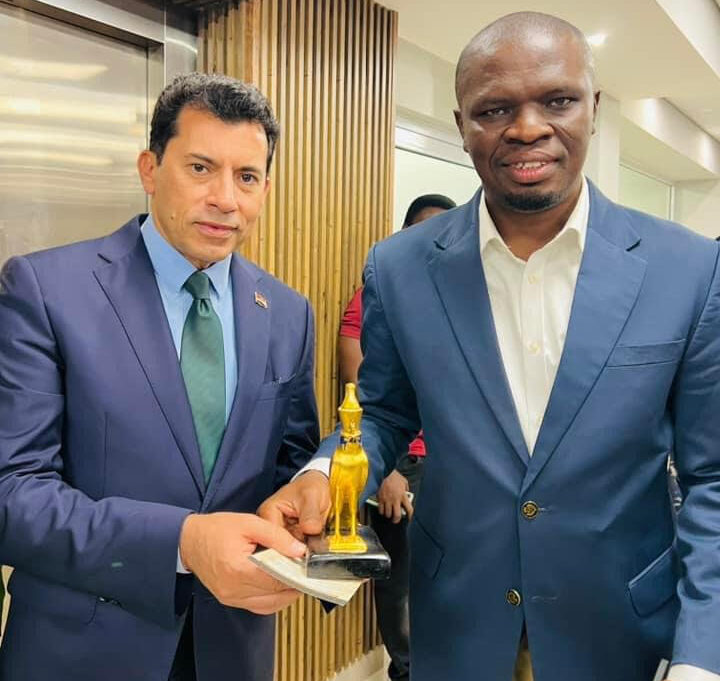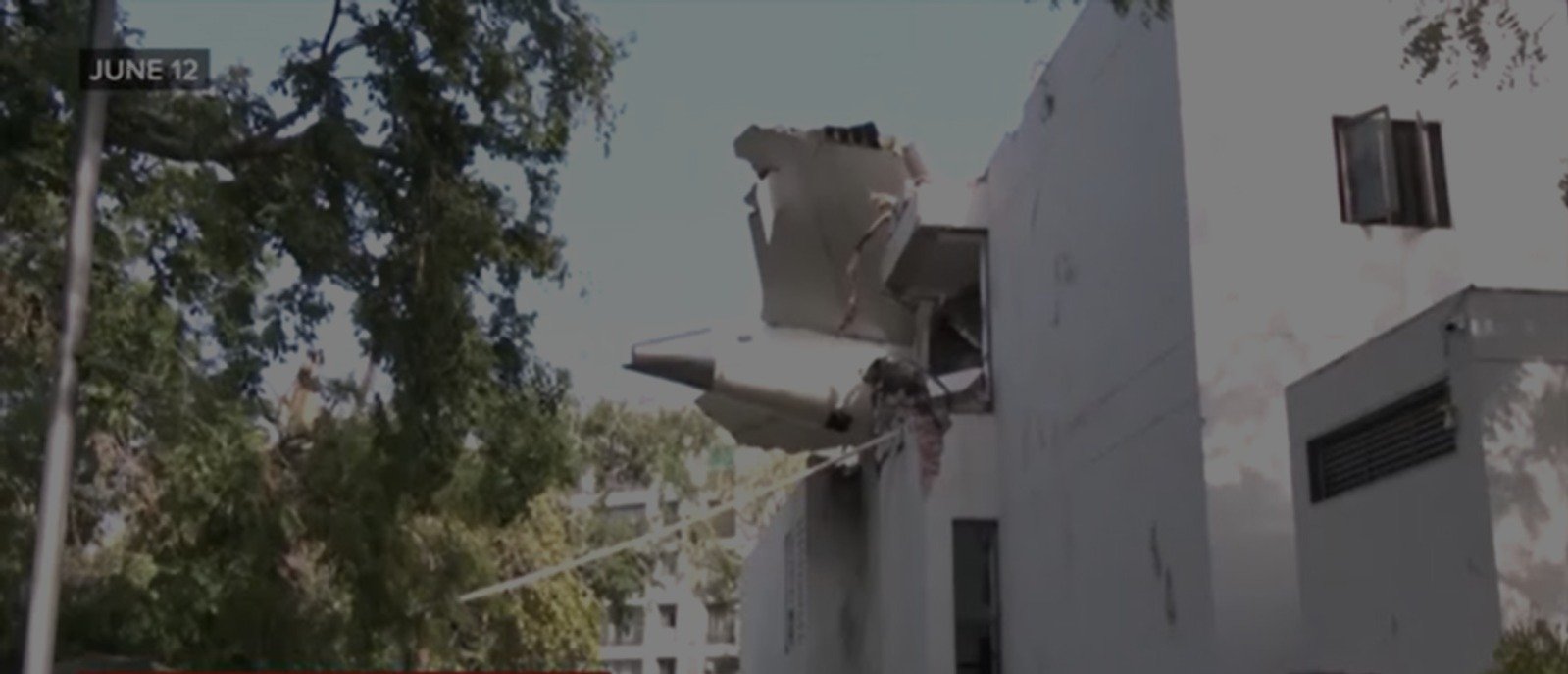

The 230-foot Falcon Heavy has 27 engines capable of generating more than 5 million pounds of thrust. "That's 4 million pounds of TNT equivalent," Musk said.
SpaceX just launched Falcon Heavy, its most powerful rocket to date.
On Tuesday, the 23-story-high system ignited and blasted off from Launch Complex 39A in Florida, the same platform where the Apollo astronauts took off for the moon decades ago. Minutes later, two of the rocket boosters landed safely back on the ground.
This is the first time Elon Musk's private space company has tried to launch a rocket quite this big.
Falcon Heavy is re-usable, expandable, and cheaper than the competition. But Musk was careful to emphasize that this launch is still just a test. It'll be at least several hours before we know whether or not the dummy named Rocketman made it safely through the radiation fields near Earth's Van Allen Belt.
"There's so much that could go wrong," Musk told reporters on Monday. "If something goes wrong, hopefully it goes wrong far into the mission, so we’d at least learn as much as possible along the way."
Take a look at the massive experiment underway at the Kennedy Space Center:
Falcon Heavy launched from NASA's Kennedy Space Center at Cape Canaveral. SpaceX says it's the most powerful rocket in operation today "by a factor of two."
At 230 feet high, Falcon Heavy is as tall as a 23-story building.
The rocket system is equipped with 27 engines capable of generating more than 5 million pounds of thrust. "That's 4 million pounds of TNT equivalent," Musk said on Monday.
Falcon Heavy is the most powerful rocket the US has seen since the Saturn V moon missions took off in the 1970s.
People in Cocoa Beach, Florida lined up, smartphones in hand, to watch the launch happening just a few miles up the coast:
A Falcon Heavy trip costs $90 million per launch, according to SpaceX. That's a bargain for this kind of space flight.
It's about a third of the price of the competition. The rocket's three recyclable boosters help keep costs low, as long as they return intact.
The test payload is Musk's old car.
The 2008 Tesla Roadster's equipped with three cameras, so it may be able to take some pretty epic interstellar selfies, if it makes it into its planned elliptical orbit, which will loop the car between Mars and the sun.
Musk has said there's a "tiny, tiny chance" that the car sitting in the top of the rocket will one day hit the red planet.
But Musk cautioned, "I wouldn’t hold your breath" for that.
Two of the three reusable Falcon Heavy boosters landed back on Earth after they shot the car-carrying rocket into space.
The two side boosters landed safely, plopping back to Earth in perfect synchronization at Cape Canaveral. Musk said it was "probably the most exciting thing I’ve ever seen, literally, ever."
But the third core booster didn't make it to its final destination on a landing pad in the Atlantic Ocean. "Apparently it hit the water at 300 miles an hour and took out two of the engines on the drone ship," Musk told reporters on Tuesday evening.
Falcon Heavy had a total of 27 rocket engines on those three re-usable boosters.
The system is essentially a set of three of the company's Falcon 9 rockets strapped together.
The company first successfully salvaged a single Falcon 9 rocket in March of 2017.
That's when a first-stage booster landed itself on a drone ship in the Atlantic Ocean.
Before that success, SpaceX spent years dealing with a string of dramatic, costly accidents while trying to get their re-usable boosters back to the ground safely in one piece.
During the second stage of the mission, if all goes well, the car will spend six months hurling towards Mars orbit.
It'd then wind up on a near-infinite, elliptical loop around the sun, cycling back and forth between the Earth and Mars.
SpaceX can now stake its claim on the most powerful operational rocket in the world.
The 230-foot Falcon Heavy has 27 engines capable of generating more than 5 million pounds of thrust. "That's 4 million pounds of TNT equivalent," Musk said. Read Full Story





















Facebook
Twitter
Pinterest
Instagram
Google+
YouTube
LinkedIn
RSS